The most essential part of an electric vehicle includes the electric motor and battery pack, which Dat Bike has meticulously researched and truly impressed with. However, there are still a few things that the Vietnamese startup can further improve to create a truly convincing Weaver 200.
A desire for change towards a better Vietnam
The urban streets are filled with motorbikes. Noise, smoke, heat, stuffiness: everyone wears a mask, wears sun-protective clothing, but cannot get rid of the discomfort in their body. This is the current traffic situation in Vietnam.
In 2018, after successfully building some self-made electric motorcycles together with a friend in a garage, computer science engineer Nguyen Ba Canh Son had a dream to change the way Vietnamese people commute.
Thinking is doing, Son left behind his dream job in Silicon Valley, returned from the U.S. to Da Nang to start his own electric motorcycle brand.
Appearing on Shark Tank Vietnam in 2019, the founder of Dat Bike successfully secured a $60,000 investment from shark Hung to commercialize the electric motorcycles recognized by the Ministry of Transport as the first electric vehicles made in Vietnam, rather than “Vietnam and foreign countries” like most other names in the market.
After two years, by the beginning of summer 2021, Dat Bike continued to appear in pre-Series A and unexpectedly secured a capital of up to $2.6 million from investors to pursue founder Canh Son’s dream.
And in the last days of 2021, the second-generation Dat Bike Weaver 200 motorcycles have reached consumers’ hands with a price of VND 55 million (including tax and battery costs), rolling on the road to change the way Vietnamese people commute.
Different classic appearance
Continuing to maintain the eye-catching classic design like its predecessor, the Dat Bike Weaver 200 wears a somewhat rugged and angular look suitable for the style of young people who love to stand out, be unconventional, and listen to underground rap – a growing entertainment trend.
The classic round LED headlight, wide clip-on handlebars, tall and wide tires are the highlights that make the front of the Weaver 200 motorcycles pleasing to the eye.
The brown leather-wrapped bread seat is also a very “adorable” detail. The tail of the motorcycle is also coated with an eye-catching matte black electrostatic paint similar to the rear apron. The LED brake light is designed to be sleek and modern. The overall tail section is neat and minimalist.
The orange-colored battery pack with the prominent white number 200 and the dark-colored striped pattern can be considered the most eye-catching detail on the second-generation Dat Bike. According to the manufacturer’s specifications, this battery pack has significantly increased capacity compared to its predecessor, making the weight of the motorcycle heavier.
Next, the “naked” frame structure has been replaced with a storage box with a faux fuel tank design, which contains the charger for the Weaver 200 motorcycle. In the first generation, this fake fuel tank was an optional add-on, but now it comes as a standard feature for customers, and this is a new and commendable point for Dat Bike.
Vietnamese electric motorcycles are not covered with any fairings or fenders. However, this bare style actually makes the Weaver 200 motorcycles reveal many truly pleasing “exterior” details.
First of all, we must mention the quite rough-looking cable ties on both sides of the handlebars, running along the battery pack, tied together with cheap plastic wire. Under the seat, a large bundle of leads is also not neatly fixed.
Furthermore, while the front suspension of the Weaver 200 motorcycles is coated with a very eye-catching matte black “gravelly” layer, the rear forks are only painted with a glossy black layer that is not really consistent with the suspension unit below.
The functional button cluster: turn signals, motor cutoff, headlight/high beam on the left handlebar has a very familiar design similar to the Honda Wave from the early 2000s, but the plastic quality and the feel of using it with fingers are still loose and not comparable.
In fact, the Dat Bike Weaver 200 used in this review is from a test run, not an actual commercial version. Therefore, these are understandable points, and we can completely expect these exterior features to be improved in the commercial version.
Impressive performance but can still be better
When holding the handlebars of the Dat Bike Weaver 200, you will understand why this motorcycle can attract a $2.6 million investment from reputable investors. The motorcycle is powerful and provides a different experience compared to both conventional gasoline motorcycles and common electric motorcycles in the Vietnamese market.
With a direct-drive motor attached to the rear wheel with a power of 6kW (equivalent to about 8 horsepower), the Dat Bike Weaver 200 may seem inferior to the Air Blade 125 (8.4 kW) or the Grande (6.1 kW) when looking at the specifications on paper.
However, the maximum torque of this electric motor is up to 38.7 Nm! If you still haven’t realized how big this number is, it is three times larger than the 11.68 Nm on the 125 Air Blade and the 10.4 Nm of the Grande.
This is why the Dat Bike Weaver 200 offers an impressive acceleration, creating a fast and powerful feeling. However, unlike the previous generation, the feeling of “messiness” and shock that can startle the rider when twisting the throttle has disappeared.
The jerky feeling and tendency to startle that can often be found on affordable electric motorcycles have been smoothed out by Dat Bike. The Weaver 200 accelerates quickly but without jerking, giving the rider a feeling of calmness and control. This is a highly regarded point as the engineers have taken care of the riding experience of the motorcycle.
Furthermore, it should be noted that the Dat Bike Weaver 200 is a safe model because although it has a high power and impressive acceleration, the maximum speed is electronically limited to 80-90 km/h – completely suitable for the traffic conditions and laws in Vietnam.
Along with the refined electric motor, the battery pack on the Dat Bike Weaver 200 has also undergone a transformation compared to the previous generation. The motorcycle uses a 72V 68Ah Lithium-Ion battery pack, which is twice the size of the previous model.
With this battery pack, users can travel a distance of up to 200km, which is enough to travel from Hanoi to Ha Long or from Saigon to Da Lat at a speed of 35 km/h. At an average speed of 70 km/h, users can travel up to 130 km after each full charge.
To fully charge the battery, users only need 3 hours, not overnight like many “cheap” electric motorcycles on the market today. If there is an urgent need, users can travel up to 100 km after just 1 hour of fast charging.
According to the manufacturer, this battery pack is durable for up to 15 years, equivalent to 150,000 km of mileage. After that, the battery will drop to about 70% capacity. However, this has not yet been verified, as the Dat Bike Startup has only been present in Vietnam since 2018, which is only 3 years old.
But the 10-year warranty policy for the battery pack (or 100,000 km) covering any battery problems can be considered as a promise that partly demonstrates the quality of the product. In addition, all Dat Bike Weaver 200 motorcycles are covered by a 3-year warranty (excluding the battery).
The battery pack and electric motor of the Weaver 200 motorcycles are also well-designed, making the motorcycle meet the IP65 water resistance standard. This means that users can confidently ride the motorcycle through heavily flooded roads without worrying, unlike when driving a gasoline-powered motorcycle.
The feature of unlocking the motorcycle with a key card or an iPhone – similar to the high-end electric cars of Tesla – is also a commendable highlight on the Weaver 200. Through the Dat Bike app, users can also easily upgrade the software for the motorcycle or schedule maintenance.
In addition to the “powerful” electric motor and “huge” battery pack, the Dat Bike Weaver 200 motorcycles also contain a high amount of advanced technology. An example is the Regen brake technology, which helps recharge the battery when the rider releases the throttle or applies the brakes. This technology can help the motorcycle travel up to 10% more distance – as calculated by Dat Bike.
Dat Bike applies the dynamic braking system. In this system, the braking force of the dynamic brake is proportional to the degree of releasing the electric throttle (the more the throttle is released, the stronger the brake). This is the opposite of motorcycles, which always provide a certain amount of braking force to the rider.
For those who are familiar with motorcycles and the feeling of “tight” and gentle throttle control on motorcycles, the throttle of the Weaver 200 may feel slightly loose when releasing the throttle in the early stages. In addition, the regenerative braking function also emits a fairly loud “iii” sound. For those who are not familiar with electric motorcycles, it can be easily misunderstood that there may be something wrong with the motorcycle in the early stages.
Another important point to consider is that the large battery pack significantly increases the weight of each Weaver 200 motorcycle, up to more than 120 kg. Combined with the relatively high seat height for people under 1.60m tall, it can be difficult to pedal or move the motorcycle without starting the engine, especially operating the center kickstand. Hopefully, future versions of the Dat Bike Weaver 200 will be better refined in terms of design and weight to reach more users.
In conclusion, it can be seen that Dat Bike is very serious about its desire to “change the way Vietnamese people commute” through the Weaver 200 motorcycles. However, many unfinished positions can make the motorcycles lose points with consumers. The motorcycles have a powerful electric motor and a huge battery pack – which are the core elements of an electric motorcycle, and therefore, they are still worth considering.
Anh Phan (Tuoitrethudo)
The Perfect Ford Ranger 2022: The King of Pick-up Trucks
Immediately after the successful launch of the Ford Everest, the popular SUV model that caused quite a stir, Ford Ranger seizes the opportunity to update and release a completely new version. With this exciting development, it is poised to maintain its dominance in the pickup truck segment in Vietnam.





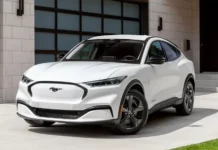
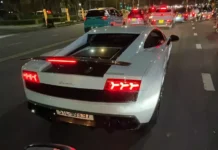
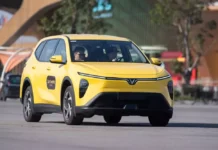
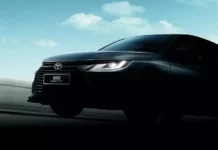















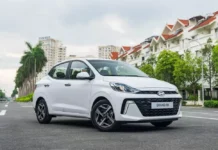
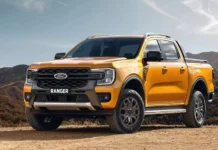
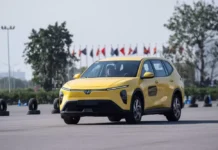
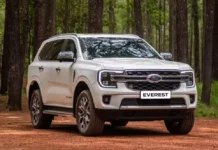
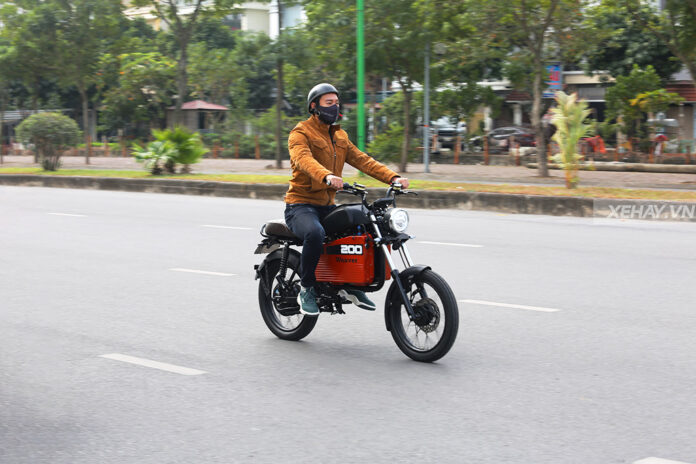
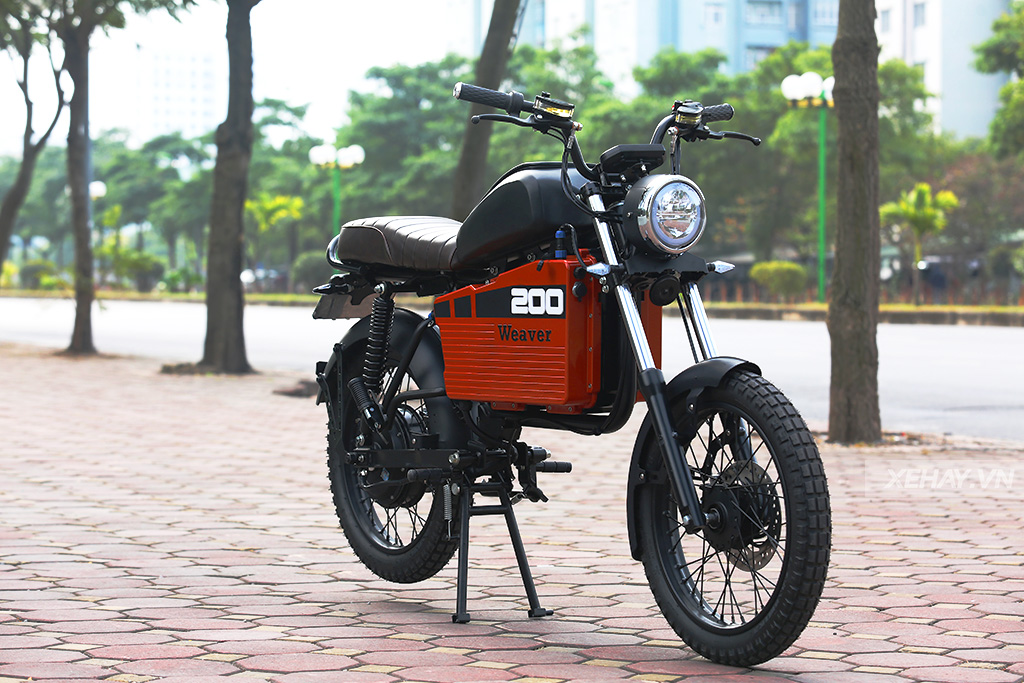
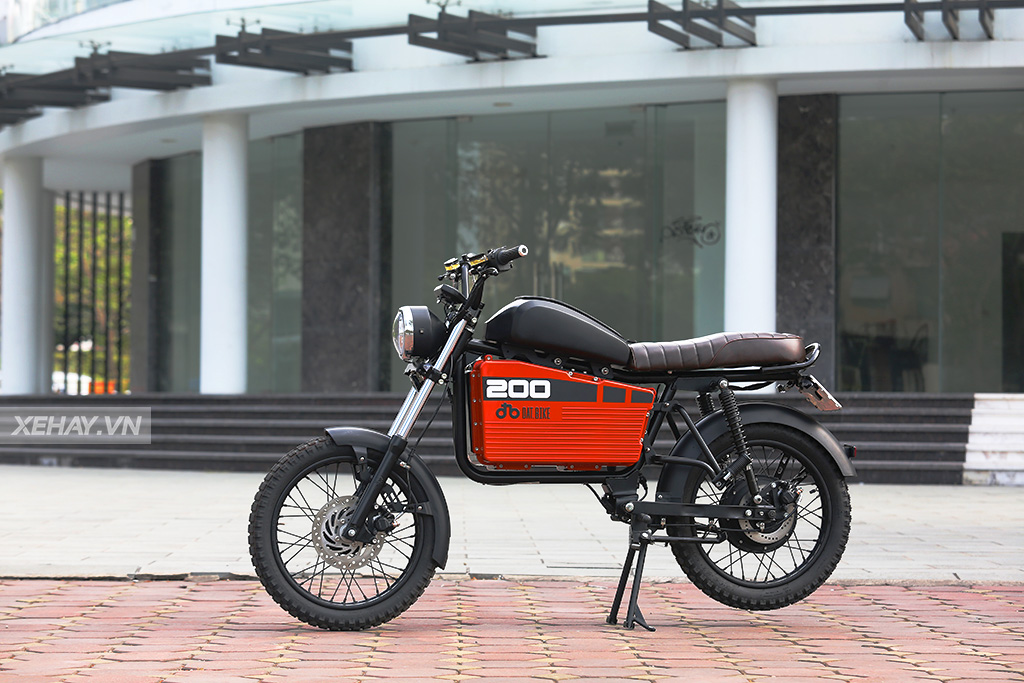
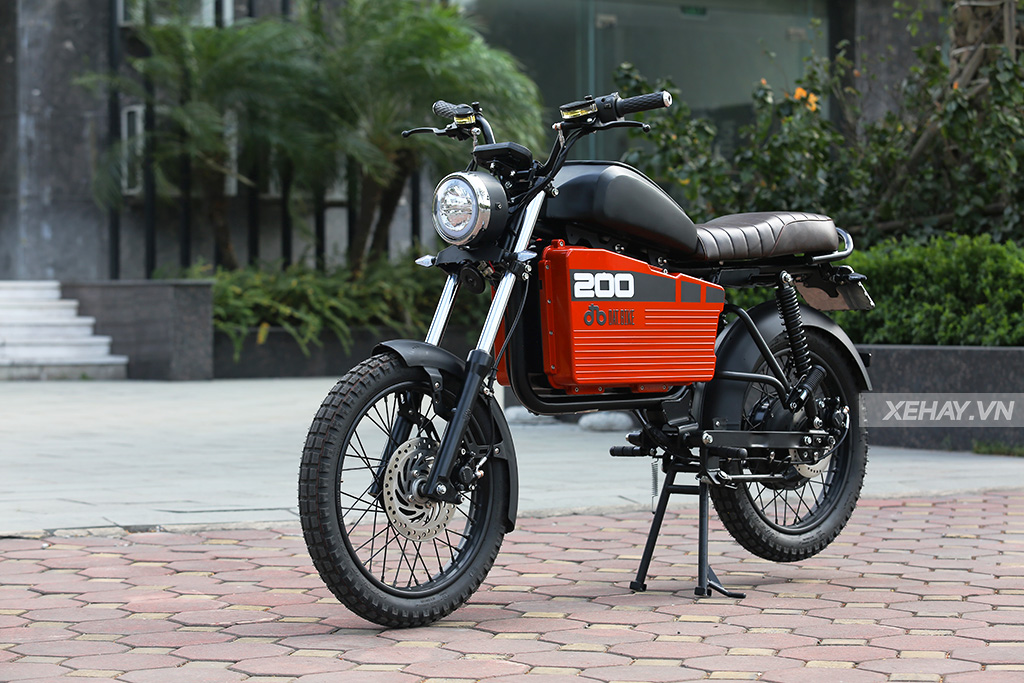
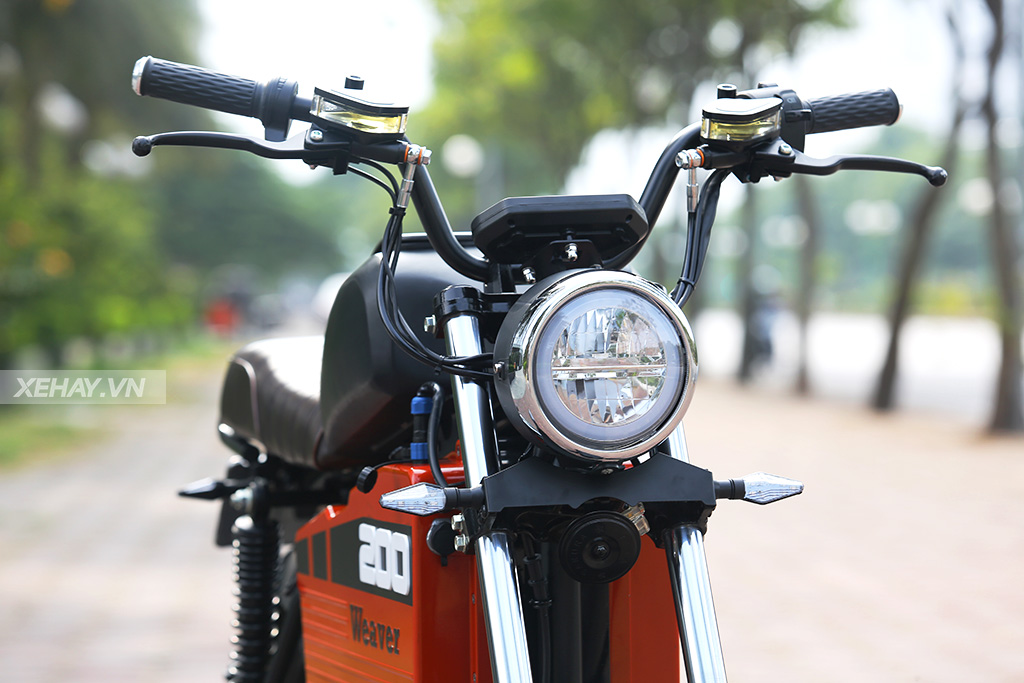
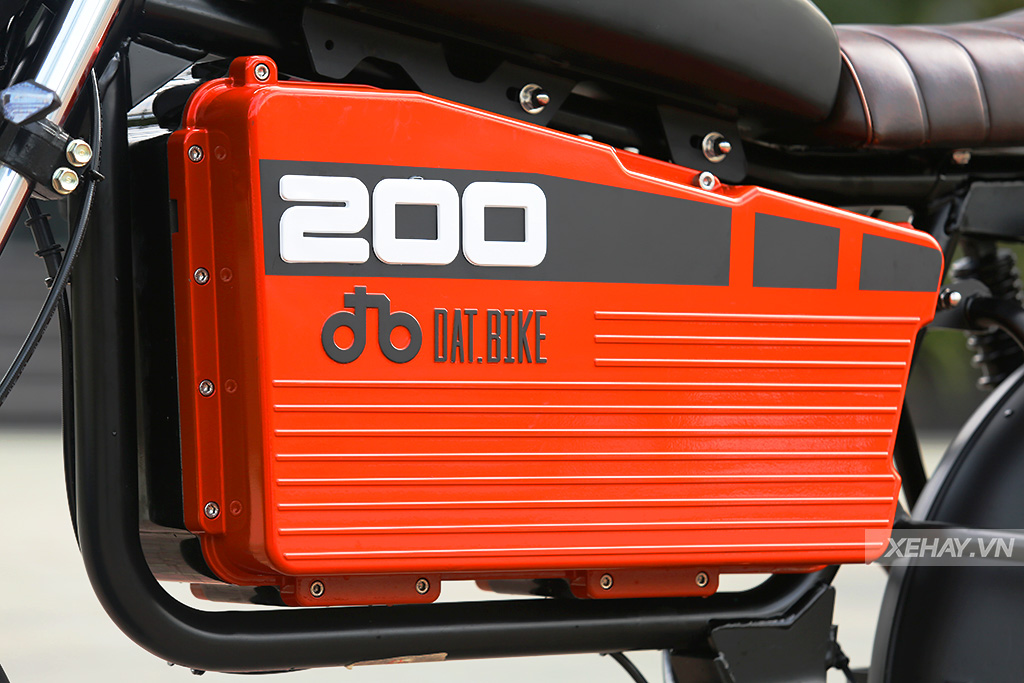
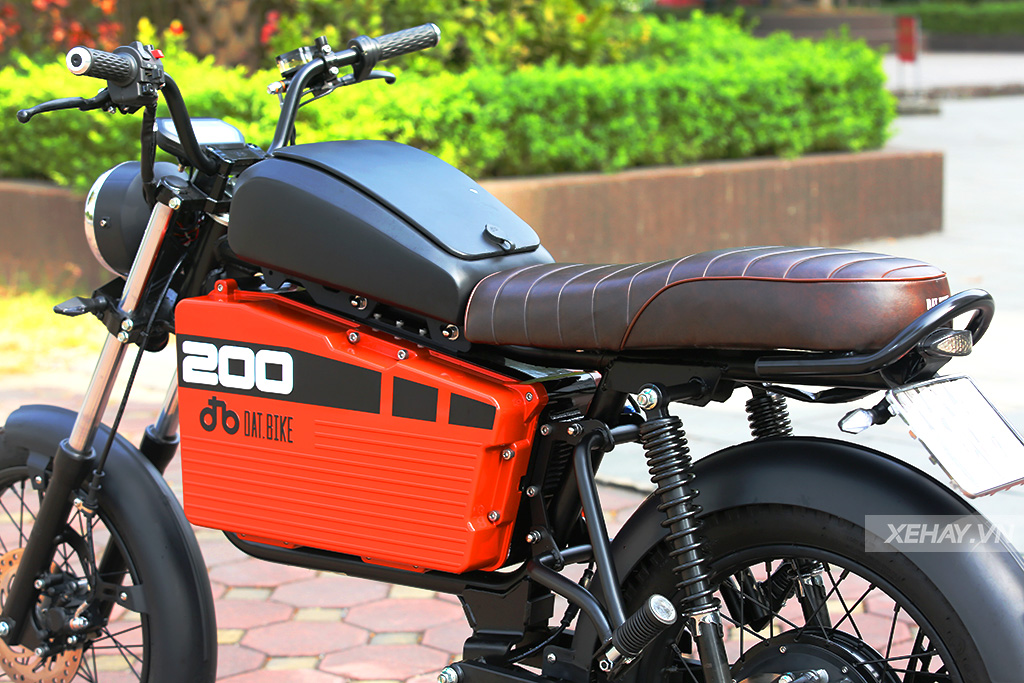
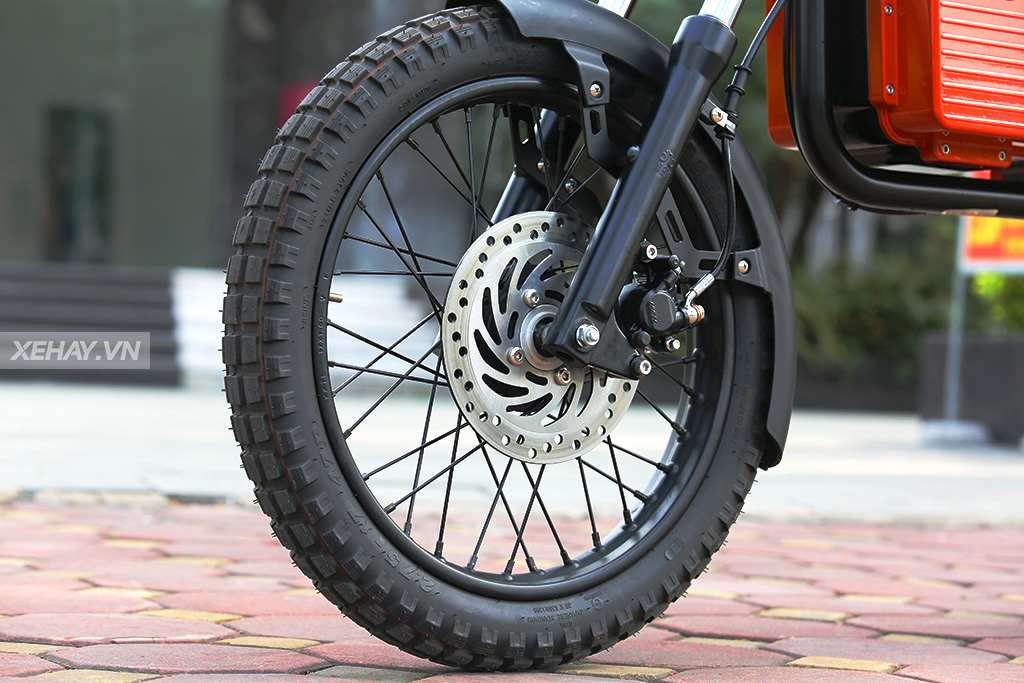
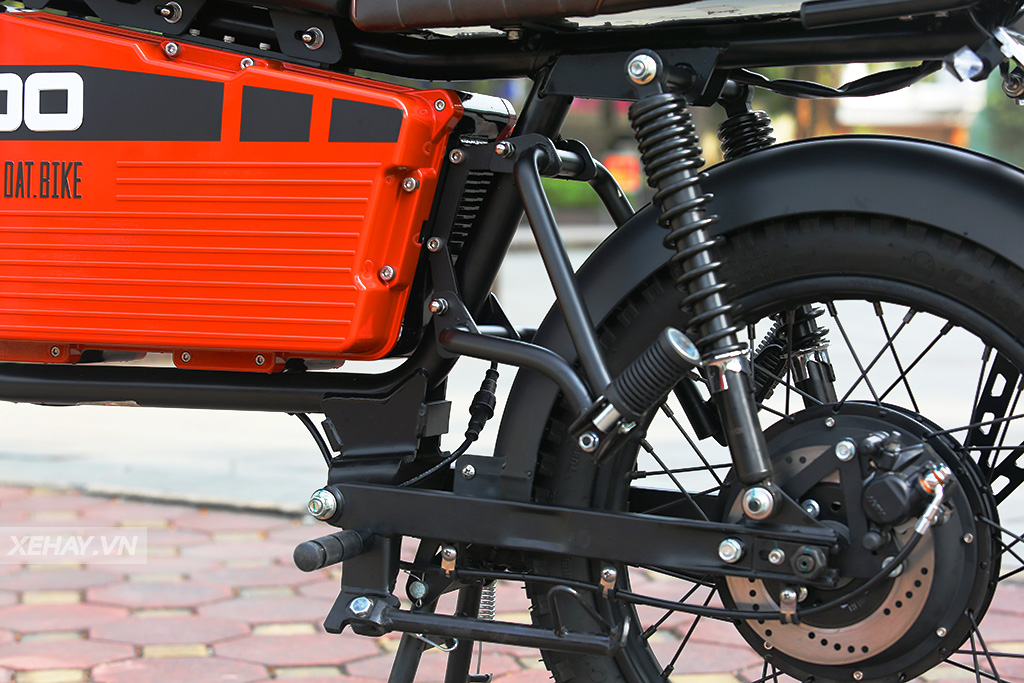
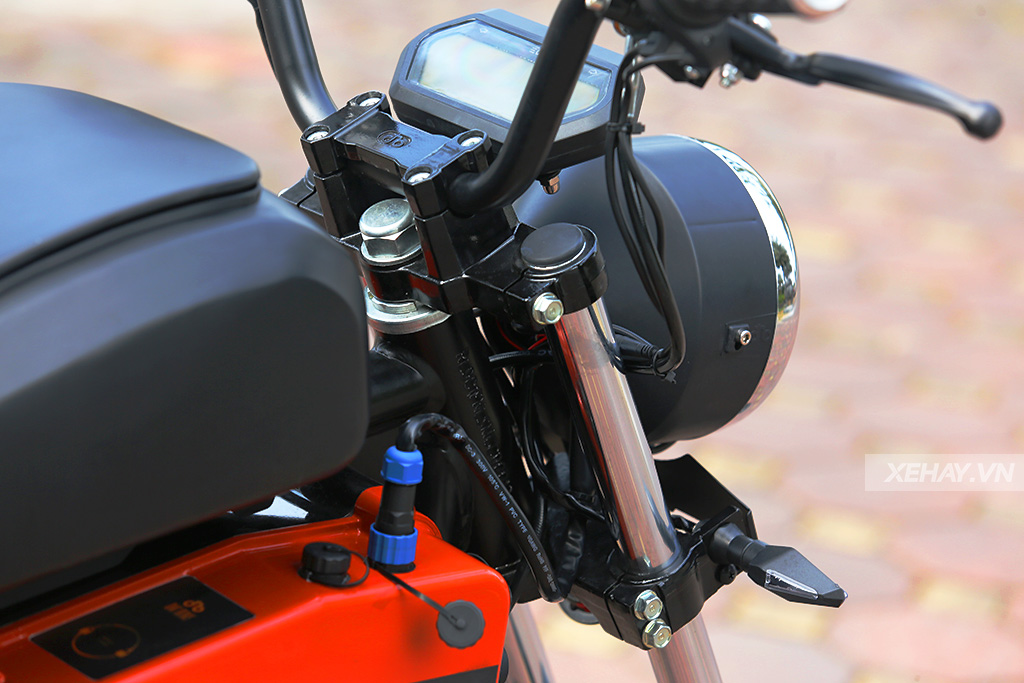
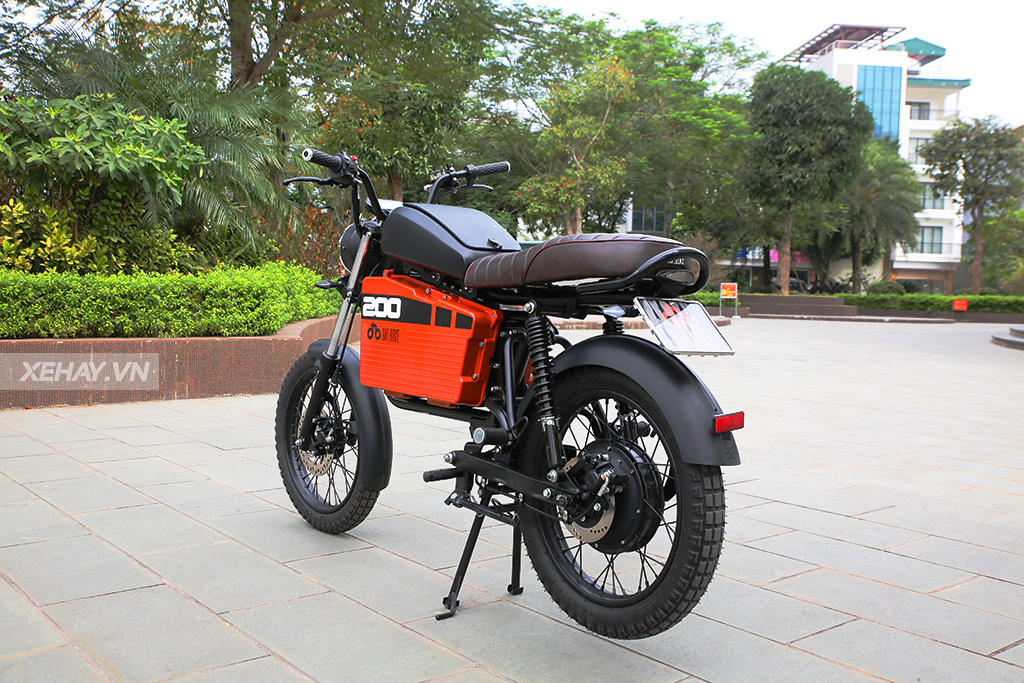
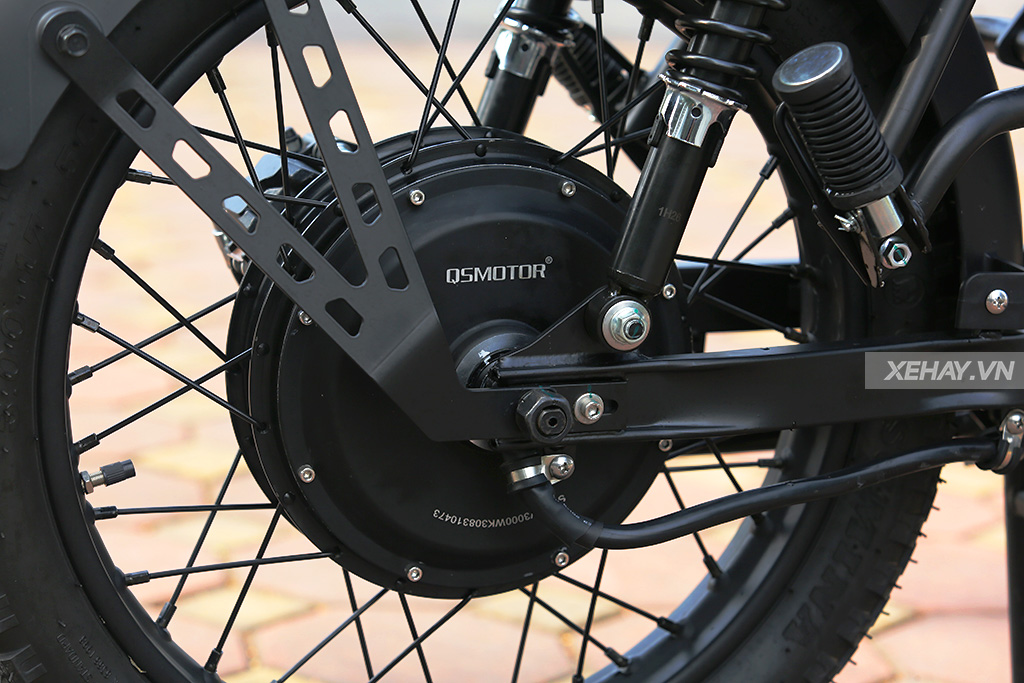
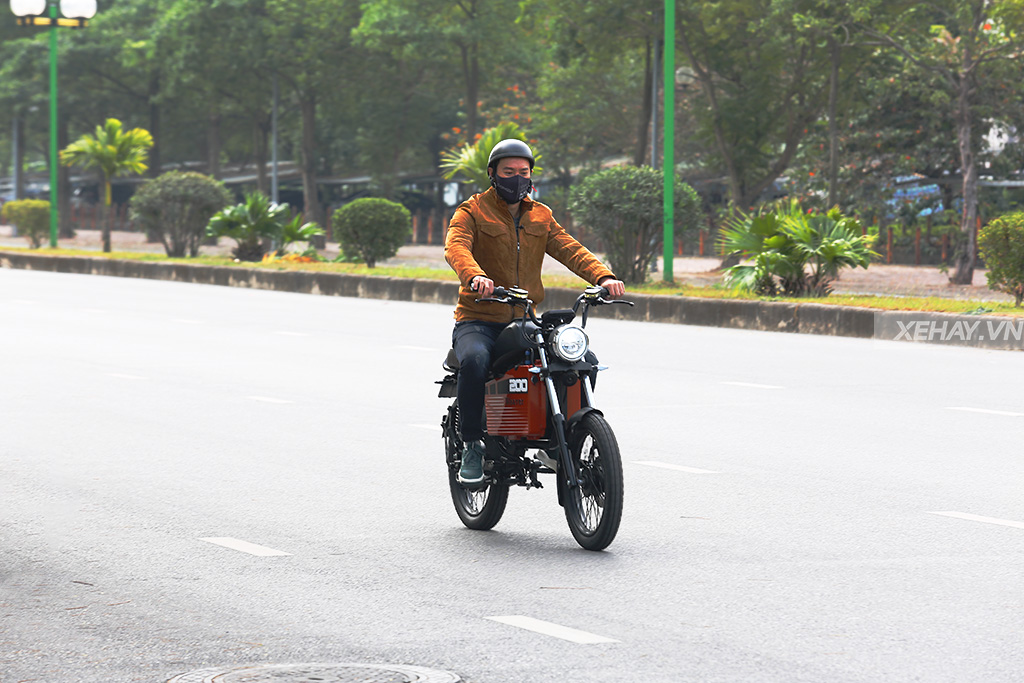
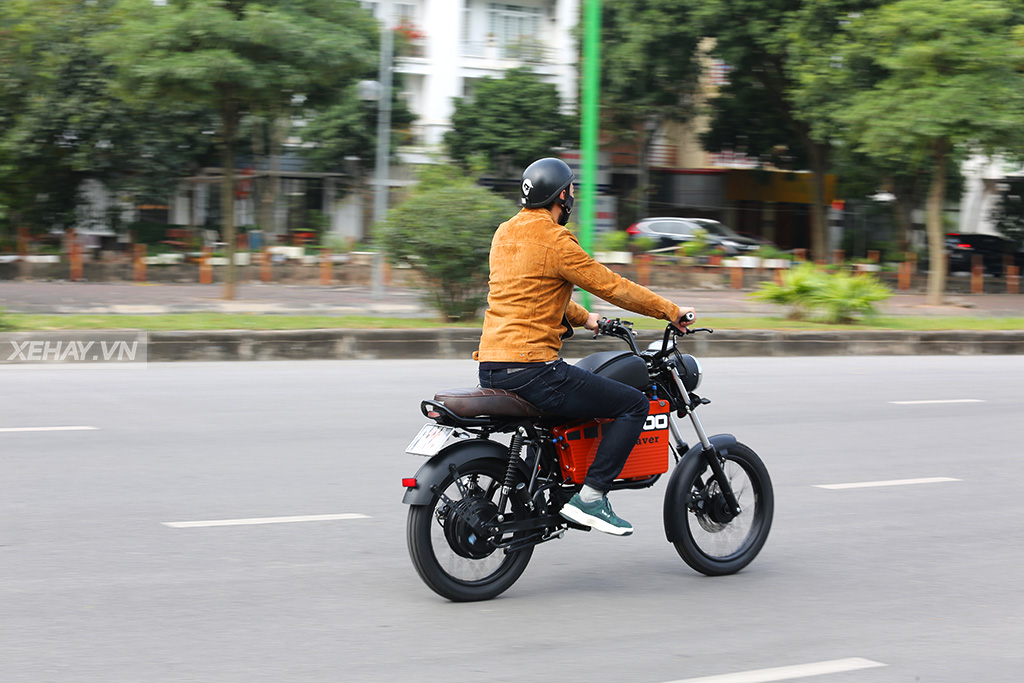
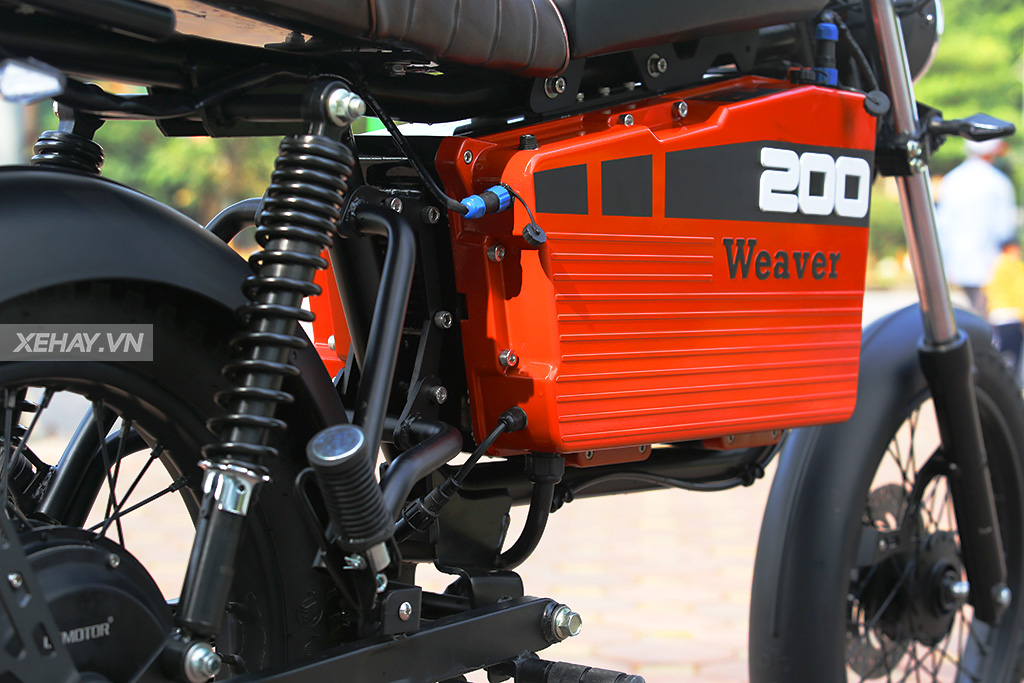
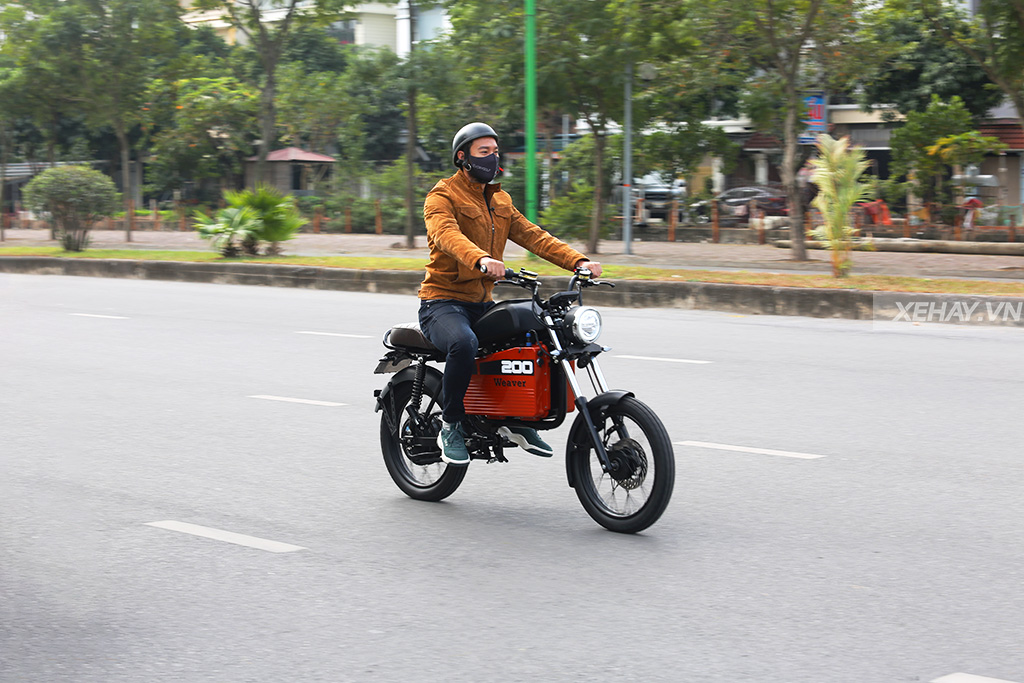
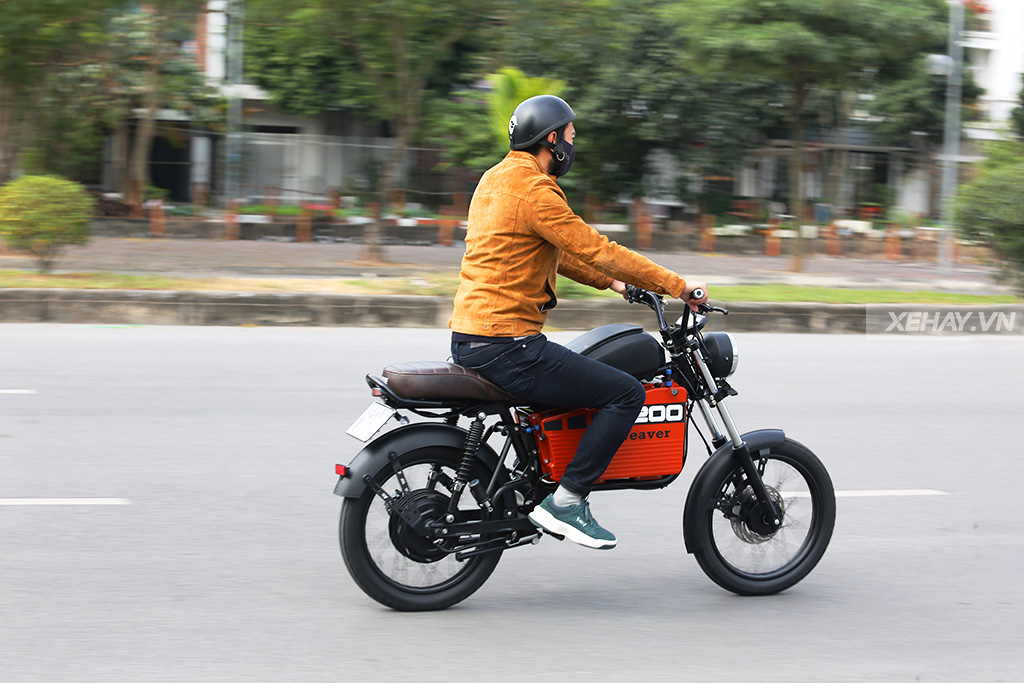
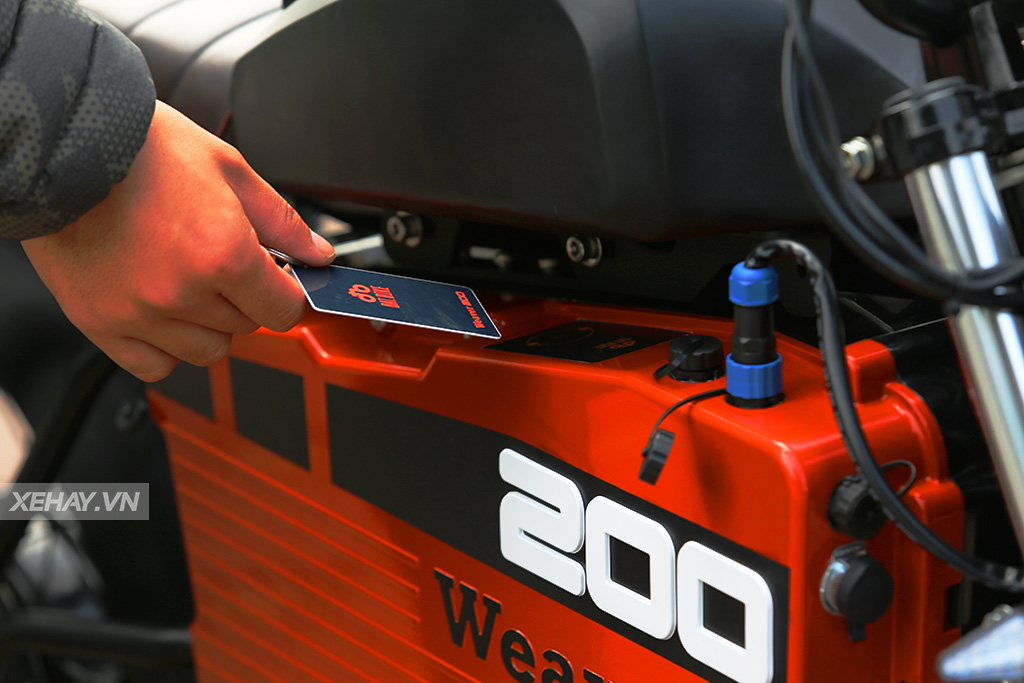
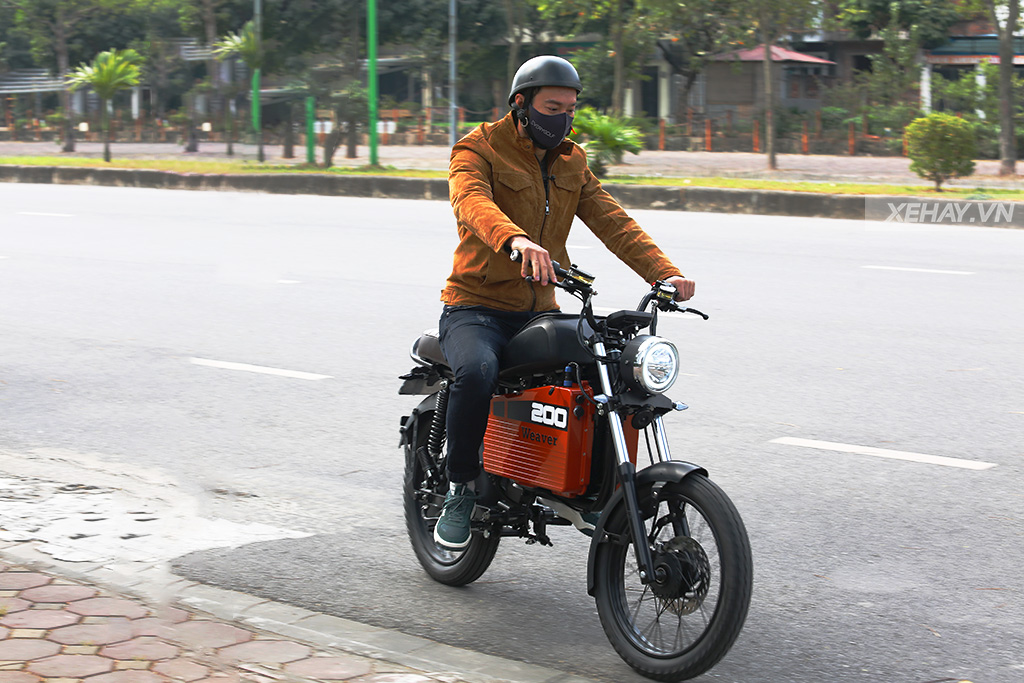

![[CAR REVIEW] The Newly Launched BMW iX3 in Vietnam: Compact, Practical, and Expensive](https://vnauto.net/wp-content/uploads/2023/10/xehay-bmwix3-01082023-9-150x150.jpg)

![[CAR REVIEW] Wuling Mini EV: Affordable, Compact, Convenient, but…](https://vnauto.net/wp-content/uploads/2023/10/xehay-wulingev-16062023-8-150x150.jpg)









